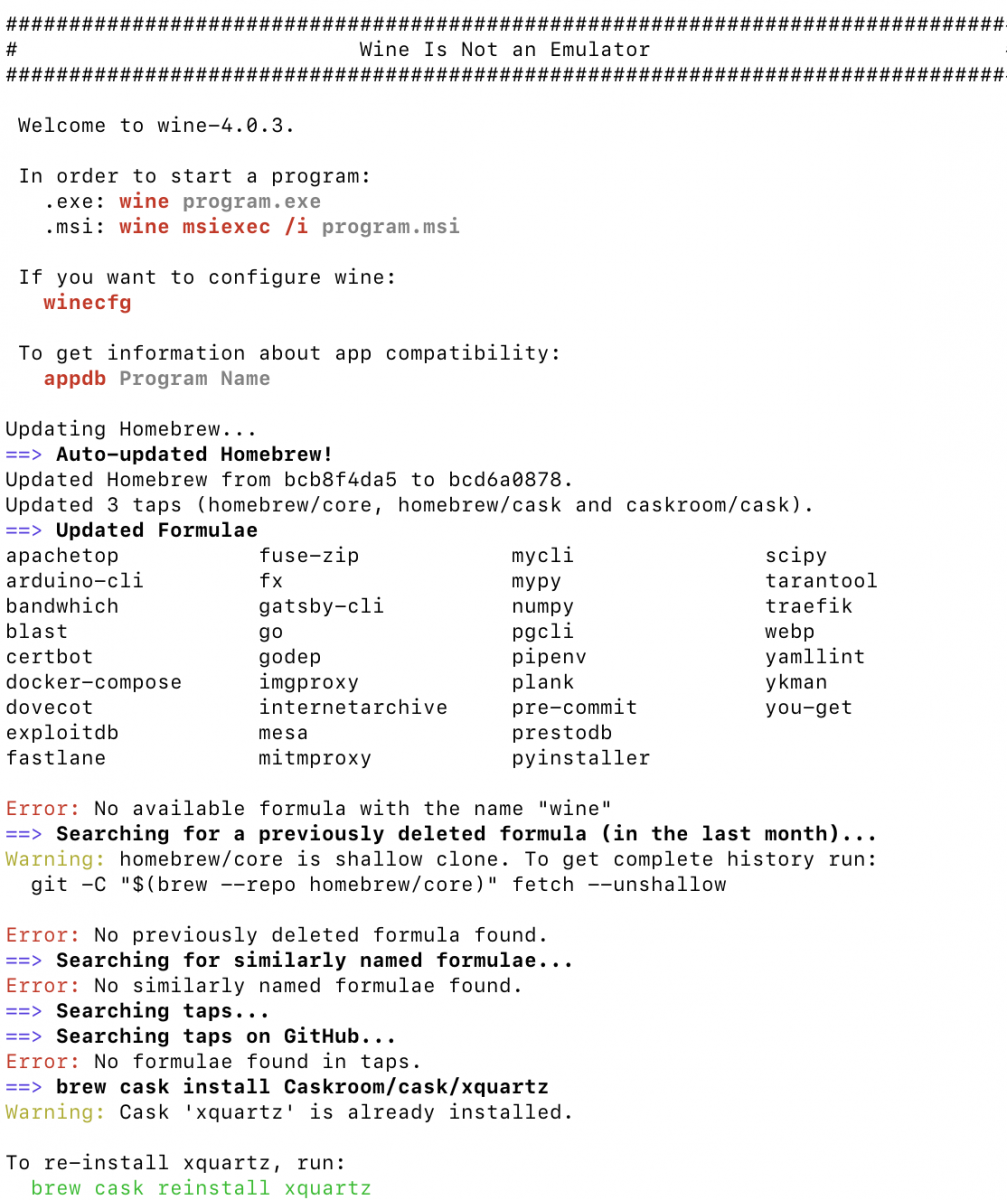Step 2: Customize and Push to Docker Hub

The last step used an official Docker image. Next step, create your own custom image. You should have a Docker ID, you probably created it to download Docker Desktop.
In your favorite text editor create a file called Dockerfile in the same directory you used in step 1. No extension, just Dockerfile. Paste in this code and save the file:
Docker Desktop is the easiest way to get started with either Swarm or Kubernetes. A swarm is a group of machines that are running Docker and joined into a cluster. After that has happened, you continue to run the Docker commands you’re used to, but now they are executed on a cluster by a swarm manager.
- Women's Casual Shoes. Cool, cute and colorful, our casual sneakers are comfortable, versatile, and ready for work or weekend wear. Various fits and features available. Newest Price Low To High Price High to Low. Skechers Arch Fit - Keep It Up.
- From Dockers, these Vargas boat shoes feature leather uppers, genuine handsewn moccasin construction, full-length leather sock lining, rust-resistant grommets and slip resistant rubber outsole. International Shipping Prohibited. Web ID: P000445056. Fully Lined Upper. Wide Width Sizes Available. Int'l Shipping prohibited.
- 1,146 likes 19 talking about this. Dockers offers the best selection of casual shoe styles that include classic boat shoes, sandals, drivers, loafers and slip-ons.
This tells Docker to use the same nginx base image, and create a layer that adds in the HTML you created in the last step. Instead of creating a volume that accesses the file directly from the host you are running on, it adds the file to the image. To build the image, in your terminal, type:
Two things, first replace <YourDockerID> with your Docker ID. Also notice the “.” at the end of the line. That tells Docker to build in the context of this directory. So when it looks to COPY the file to /usr/share/nginx/html it will use the file from this directory.
You can run it:

And go to http://localhost:8080 to see the page.
Next login to Docker Hub. You can do this directly from Docker Desktop. Or you can do it from the command line by typing.
Finally push your image to Docker Hub:

You may be asked to login if you haven’t already. Then you can go to hub.docker.com, login and check your repositories

Docker For Mac 10.10.5
To clean up before moving to the next section, run